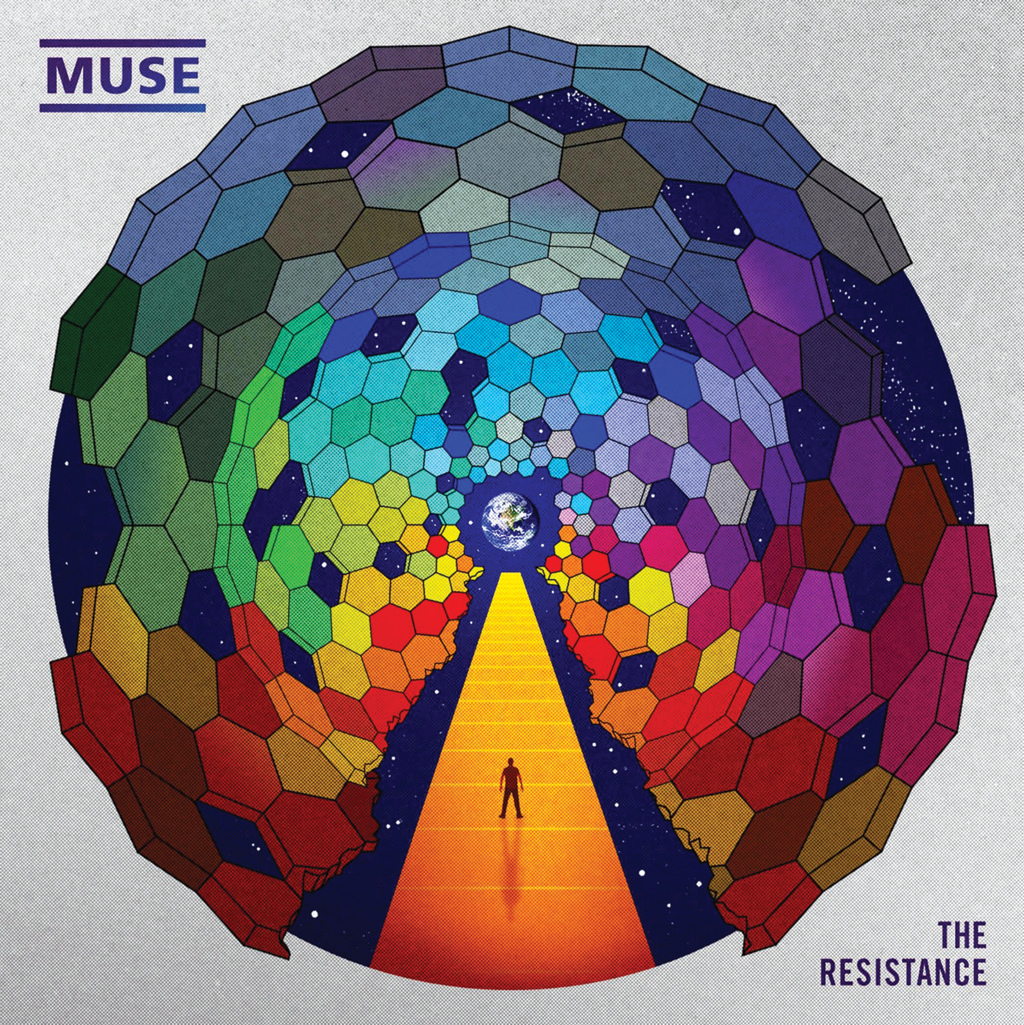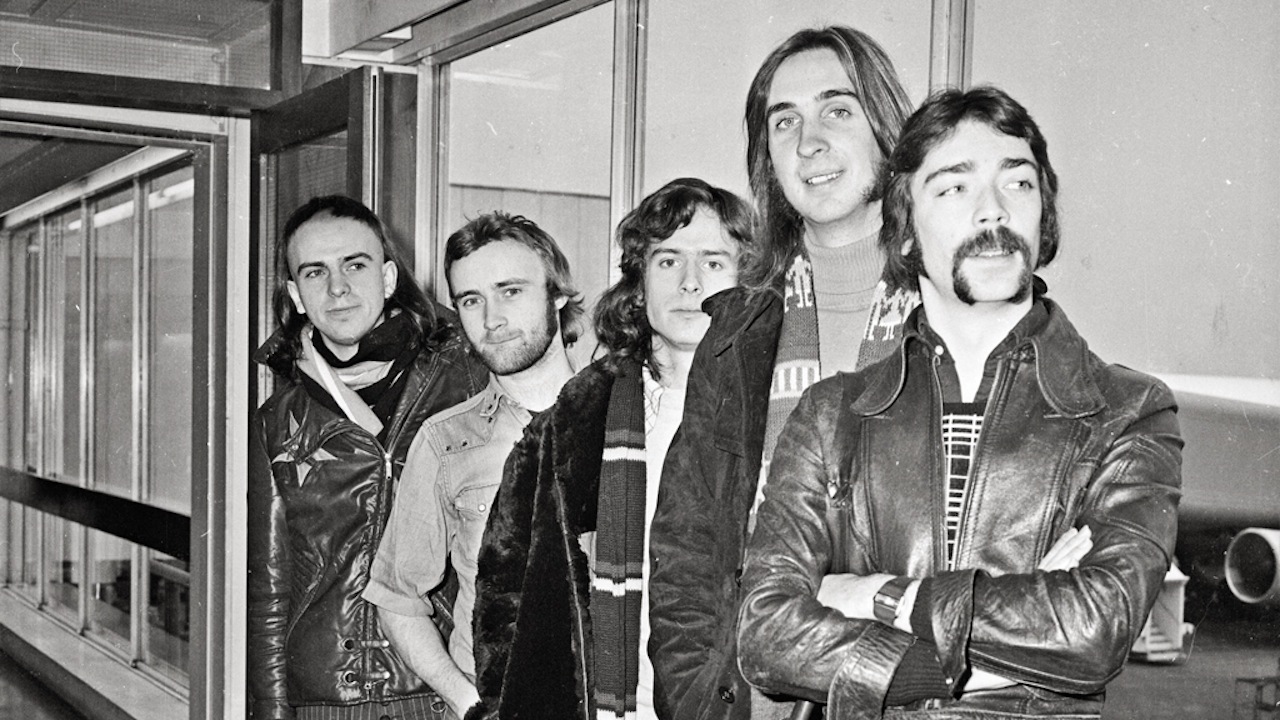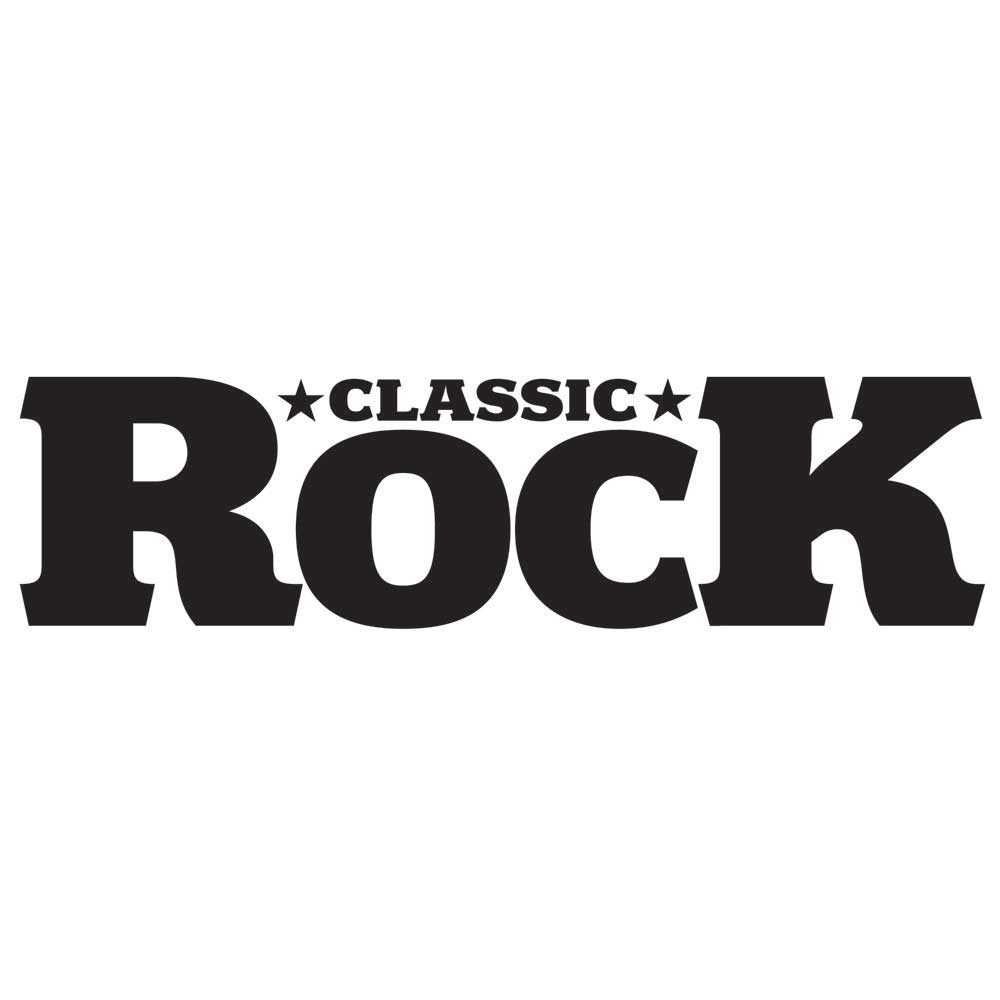Spin a wild tale with these conceptual classics.
THE MOODY BLUES
Days Of Future Passed (DERAM, 1967)
Liner notes eventually made their way into CD booklets, but it was better to have them on the back of an album sleeve. And when faced with a beguiling blend where “poetry, the beat group and the symphony orchestra feed on each other’s inspiration”, Moodies’ fans could find guideposts for deeper appreciation./o:p
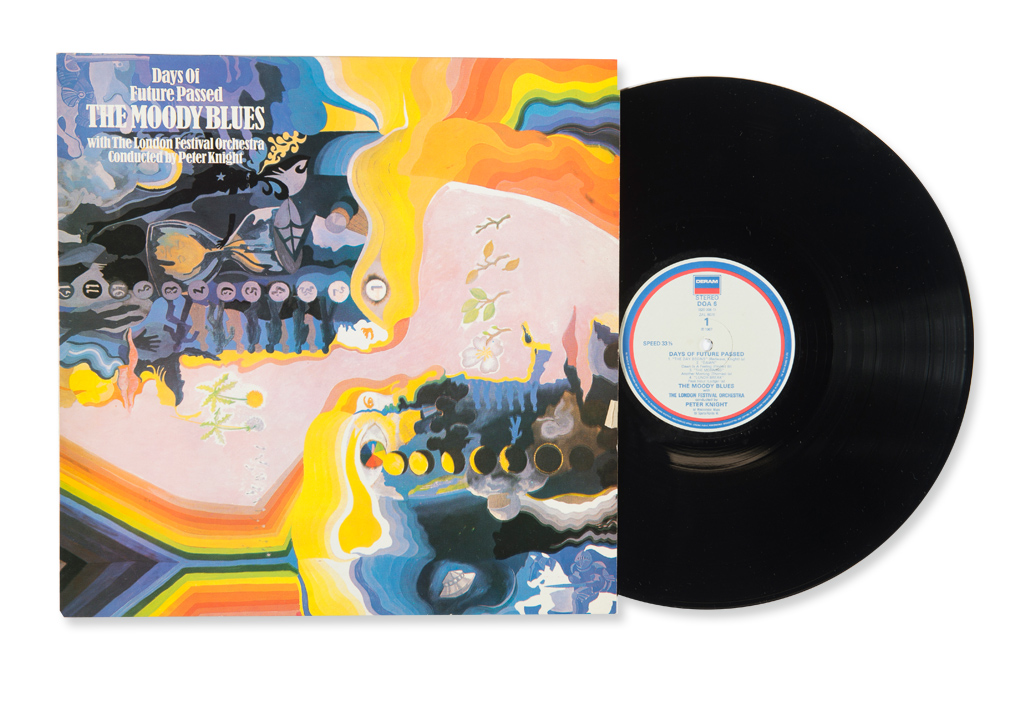
THE KINKS
The Kinks Are The Village Green Preservation Society (PYE, 1968)
Banned from touring the US from the mid-60s onwards, The Kinks instead began to look inwards for inspiration, namely parochial English tradition. The resulting album was a glorious, themed portrait of town and village life, as seen through the prism of Ray Davies’ own idealised dream of youth./o:p
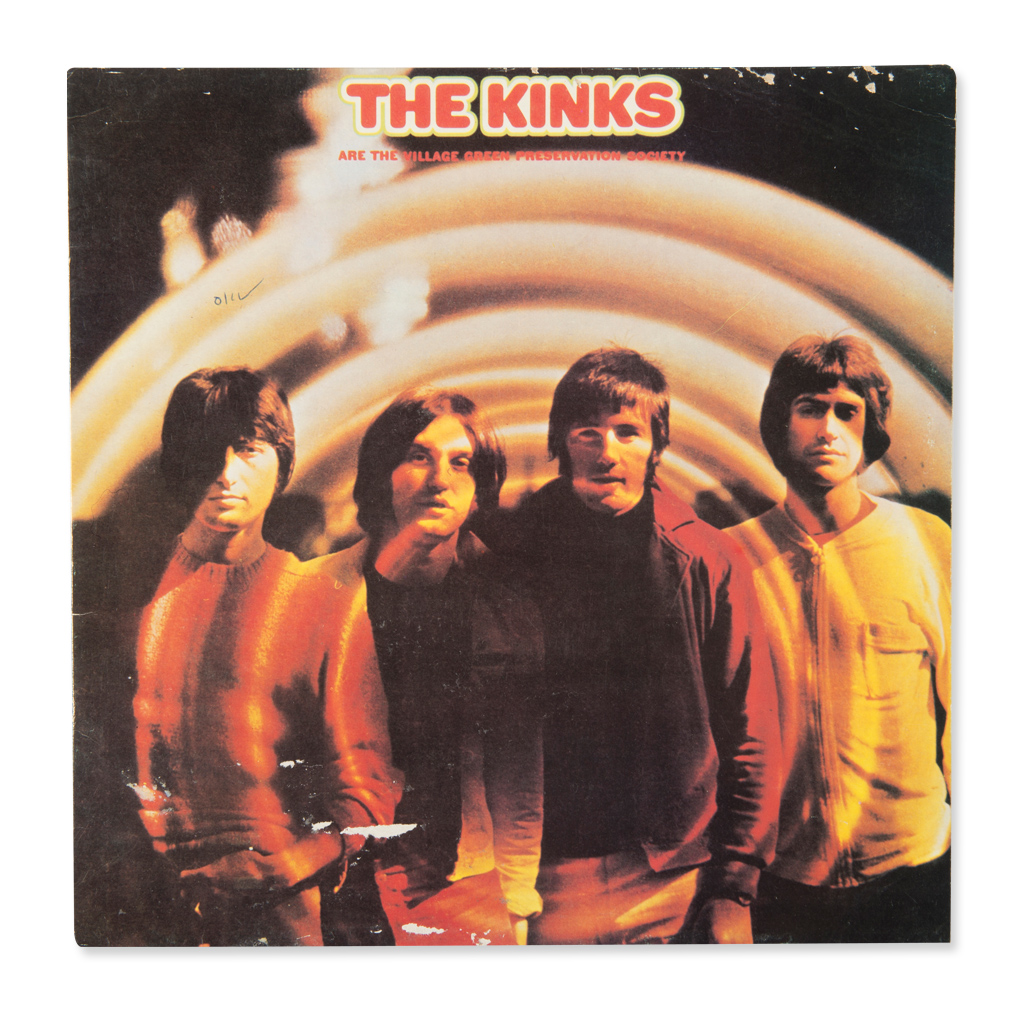
THE PRETTY THINGS
S.F.Sorrow (COLUMBIA, 1968)
The first rock opera, predating The Who’s Tommy by a good five months, S.F. Sorrow is a psychedelic tour de force that traces its titular hero through love, war, death and disillusionment. The great tragedy, given its mix of vocal harmonies, trippy effects and breathtaking prog rock, is that nobody bought it./o:p
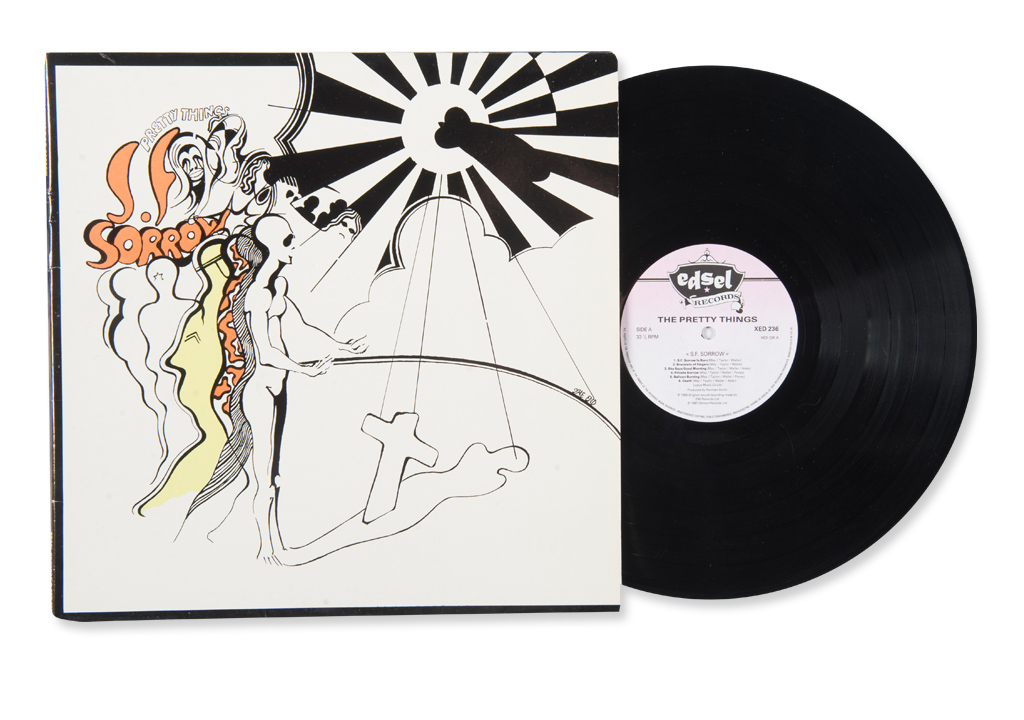
GENESIS
The Lamb Lies Down On Broadway (CHARISMA, 1974)
In his final album with Genesis, Peter Gabriel poured his energies into a high-minded concept piece about a Puerto Rican street punk who sets out to rescue his brother from the surreal horrors of New York. Cue four sides of dark, deeply impressionistic prog. /o:p
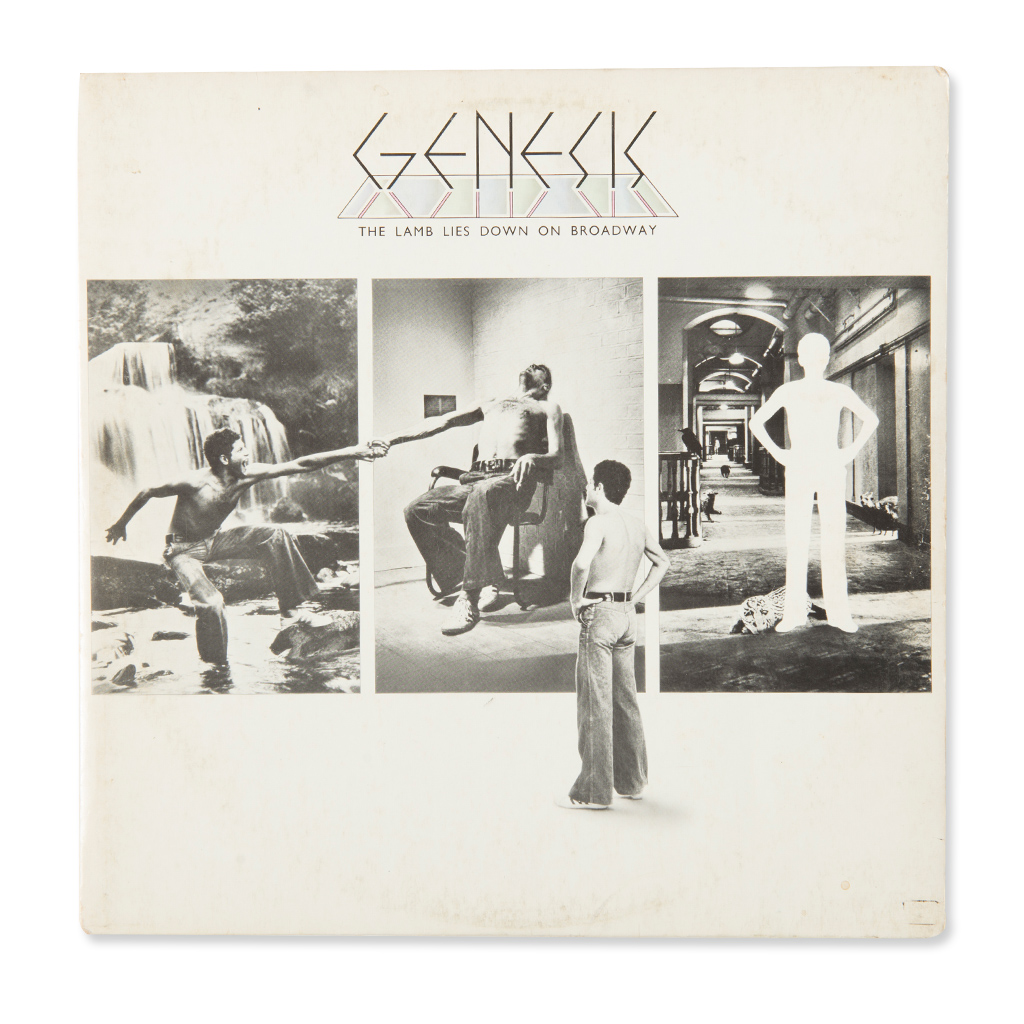
ALICE COOPER
Welcome To My Nightmare (WARNER BROS, 1975)
This hellish album was a journey through the subconscious of a child. The music was theatrical, flowing from claustrophobia to expansive fear, and in the process bringing to mind a mental freak show with Alice as the macabre master of ceremonies. This was reflected on the cover, both enticing and forbidding./o:p
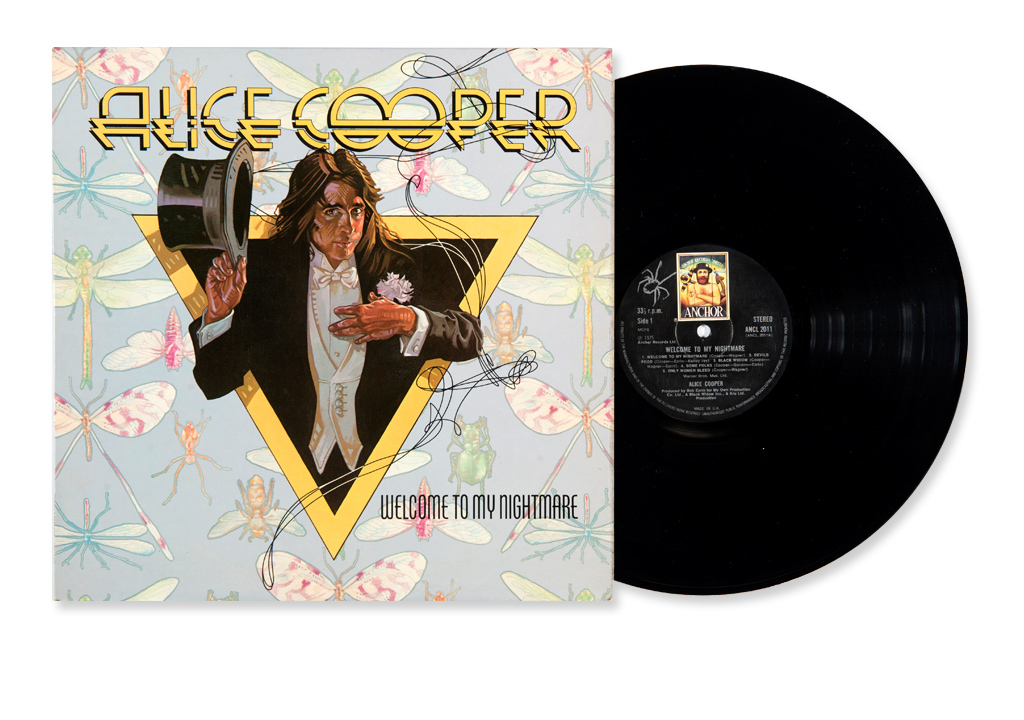
STYX
Paradise Theater (A&M, 1981)
The band used the story of the rise, fall and closure of a Chicago theatre to mirror changes in American society. The idea was enhanced by an impressive gatefold sleeve, with the band’s name also laser-etched onto side two. The decaying opulence of the design matched the musical mood./o:p
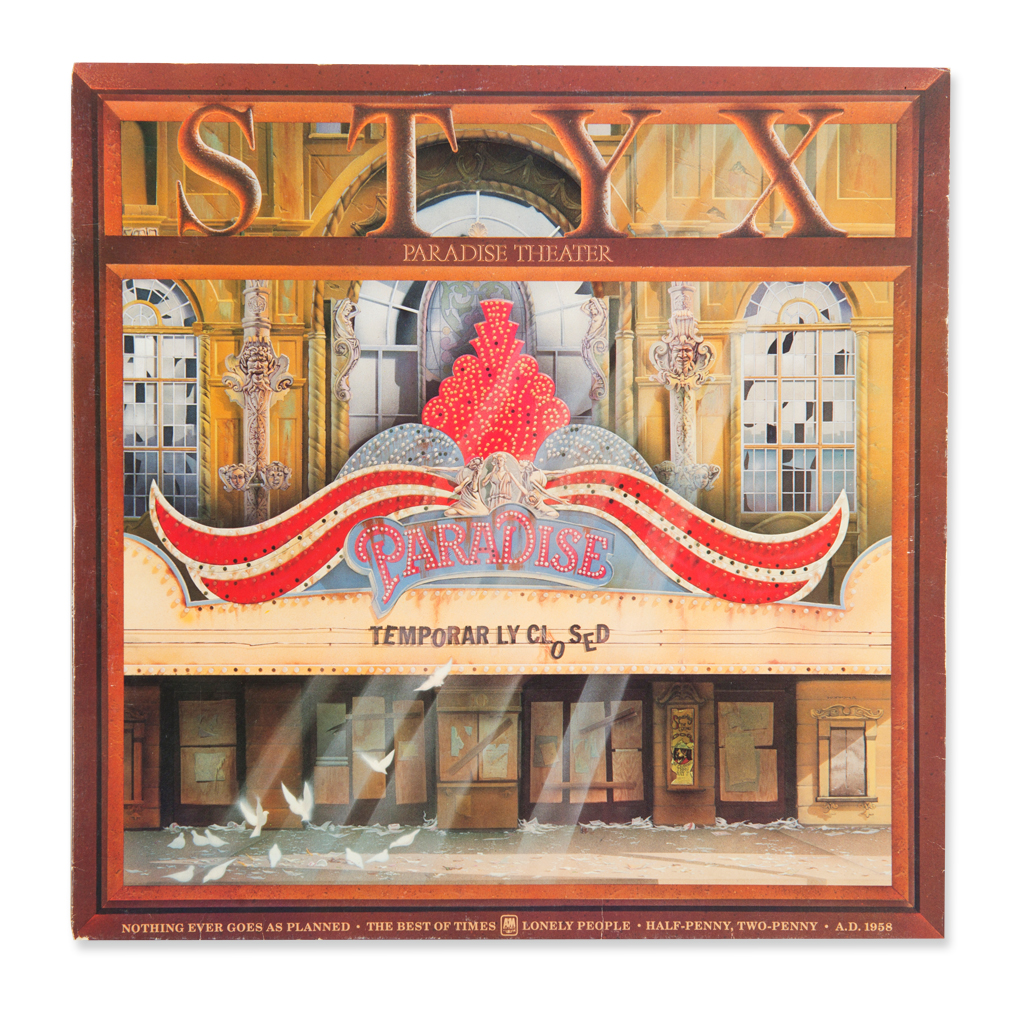
BRUCE SPRINGSTEEN
Nebraska (COLUMBIA, 1982)
Originally a collection of demos, The Boss realised they had the stark feel to represent the lyrical despair of his characters, each facing a bleak future for varying reasons. The American Dream scraped of its shine is perfect when rendered on crackly vinyl./o:p
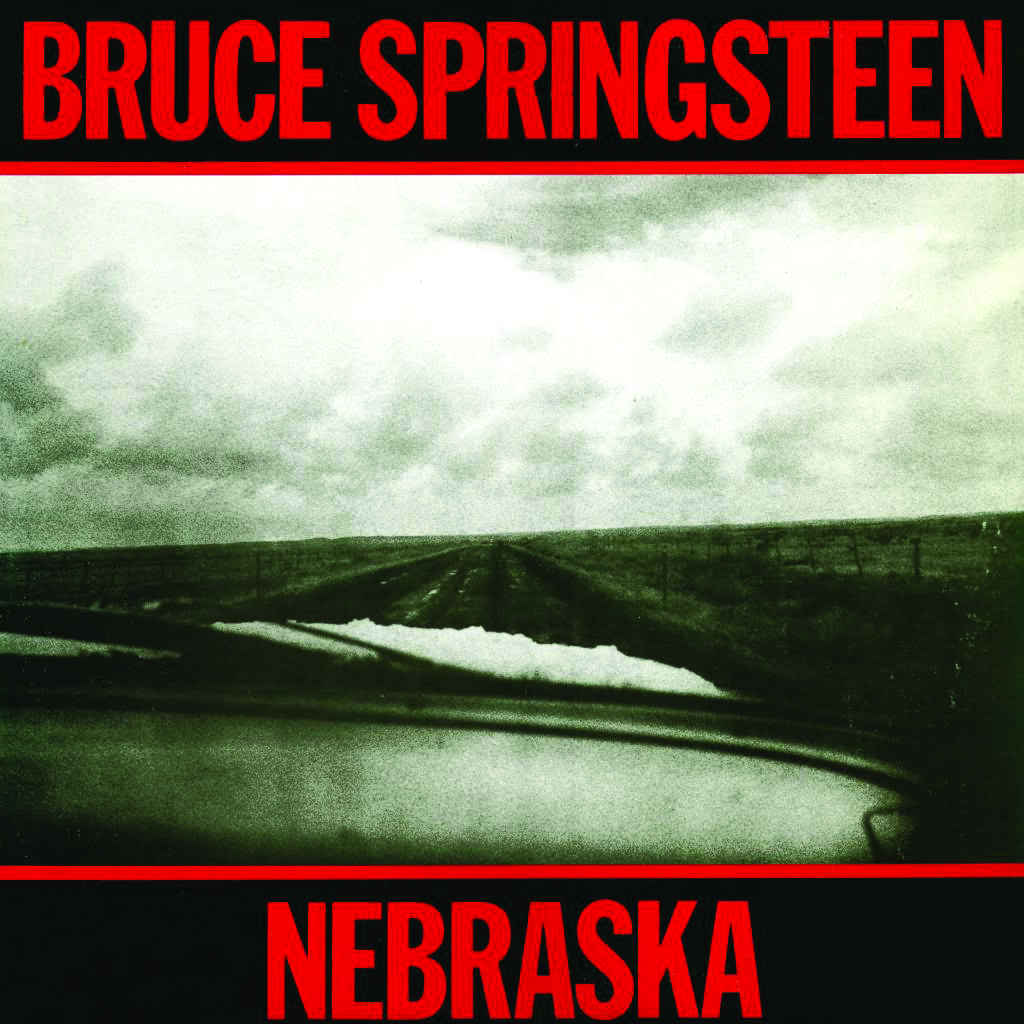
QUEENSRŸCHE
Operation: Mindcrime (EMI-MANHATTAN, 1988)
Back in 1988, the word ‘brave’ didn’t even begin to cover the scale of Operation: Mindcrime. With a plot involving terrorism, murder, censorship and governmental corruption that now rings truer than ever, its complexities could have spelled artistic suicide but for a foundation of exceptional songs. /o:p
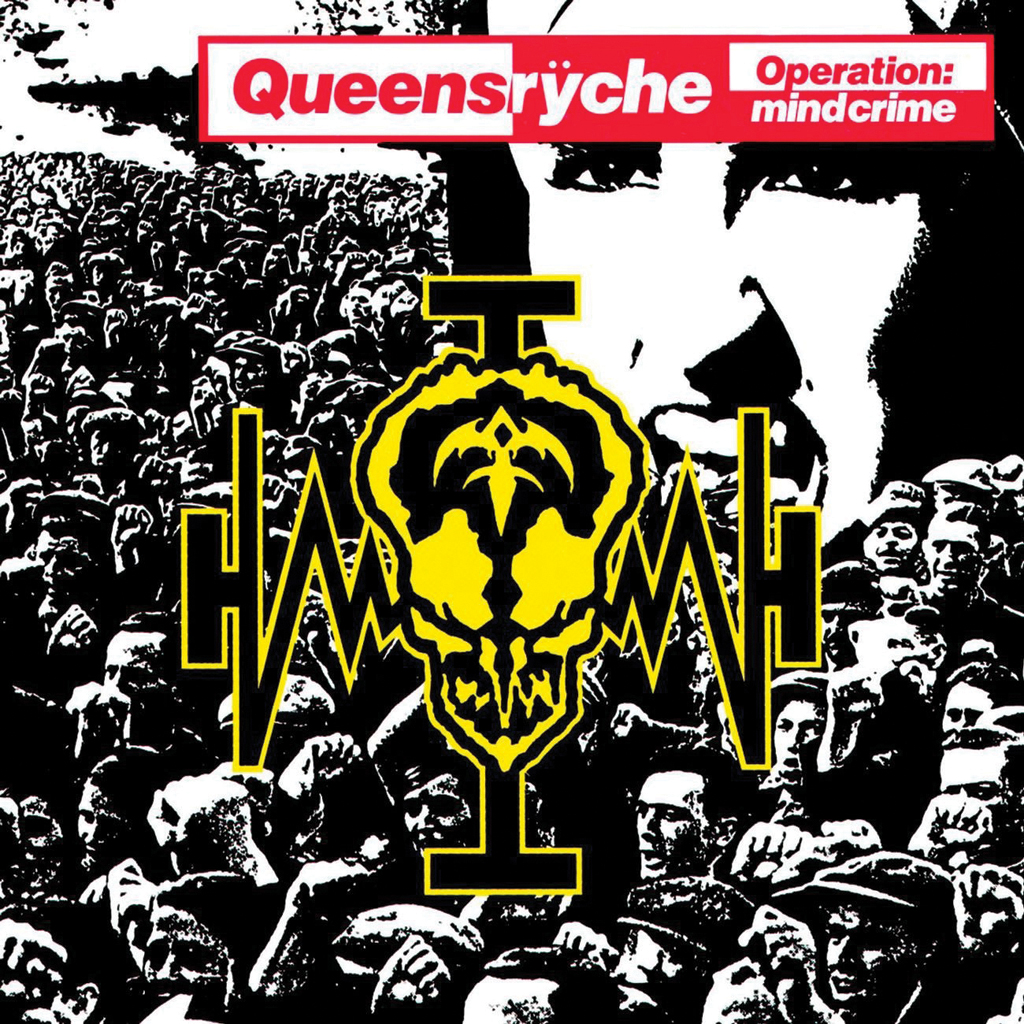
MASTODON
Leviathan (RELAPSE, 2004)
The Moby-Dick story was tailor-made for Mastodon’s concept approach. The music had melodrama, obsession and pathos, matching the moods of the tale. The vinyl version allowed the flamboyance of the cover to come through, the vivid painting becoming part of the artistry./o:p
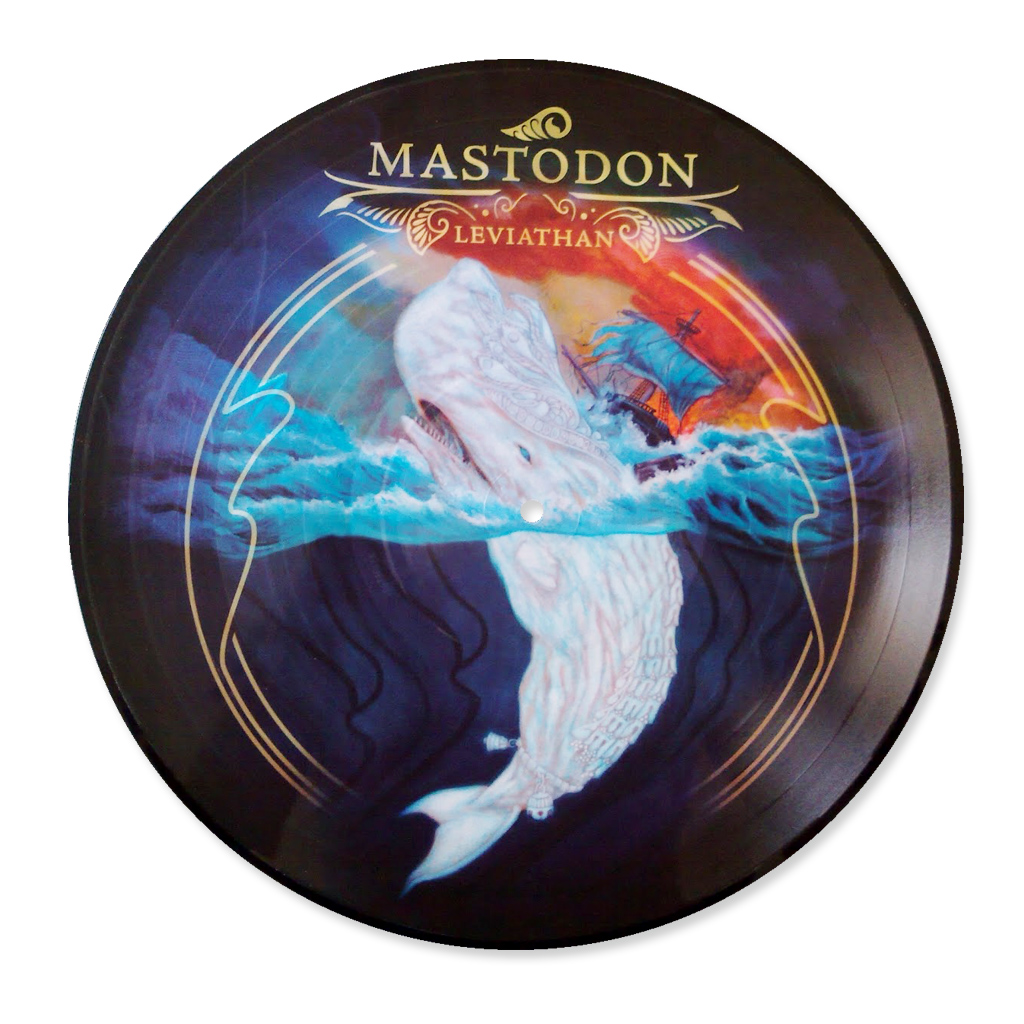
MUSE
The Resistance (WARNER BROS, 2009)
Muse built a double-disc sonic rocketship for this intergalactic Orwellian trip.To balance opener Uprising’s Doctor Who glam stomp, Matt Bellamy went the full cosmic-classical monty on three-part closer Exogenesis: Symphony, constructing just the kind of dynamic-range exposition that vinyl was made for./o:p
